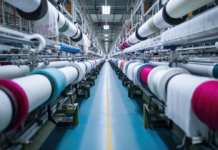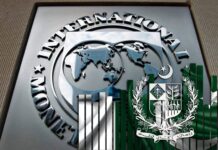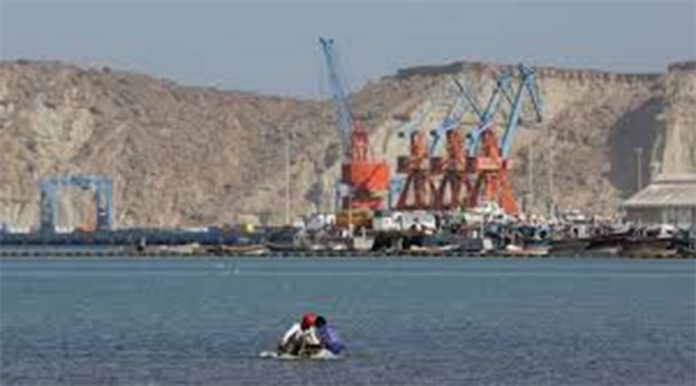“As with other countries that have benefited recently from Beijing’s largesse, some in Pakistan worry that the price of such investment could be a huge debt burden,” the Asian-focused publication said.
The Nikkei Asian Review and The Banker examined how Belt and Road (BRI) projects are unfolding in eight countries: Indonesia, Sri Lanka, Kazakhstan, Bangladesh, India, Poland, Laos, and Pakistan. They also collaborated with the Center for Strategic and International Studies’ Reconnecting Asia Project to aggregate key BRI infrastructure projects worldwide.
The idea of transforming the ancient fishing village of Gwadar into a bustling port city has been around since at least 1954, when Pakistan commissioned the US Geological Survey to examine its coastline. It found that Gwadar, which sits on the Arabian Sea, would be an ideal location for a deep-water port.
Nikkei Asian Review said Gwadar’s potential went unrealised for decades, but it is now at the heart of a hugely ambitious plan known as the China-Pakistan Economic Corridor (CPEC).
China has pledged to spend $63 billion to bolster Pakistan’s power plants, ports, airports, expressways and other infrastructure under the initiative, which Beijing positions as one of the pillars of its $1 trillion global Belt and Road Initiative championed by Chinese President Xi Jinping.
“The investment is clearly visible at Gwadar,” it said. “More than 1,000 people, about half of whom are Chinese, work at a recently completed 660-meter container terminal.”
Nearby is a hospital built using Chinese funds. Pearl Continental Hotel, a luxury hotel owned by a local company, stands on a hill overlooking the port. The pier is dotted with Pakistani naval and coast guard ships. Armed boats and pickup trucks patrol the area, while wooden fishing boats float in the distance.
Nikkei Asian Review said the gains for China in all of this development are perhaps less visible, but potentially far more significant. A major goal for China is to link its landlocked western region to the port at Gwadar. This would allow ships carrying oil and other goods from the Persian Gulf to avoid the “choke point” of the Strait of Malacca, shaving thousands of kilometers off existing routes frequently patrolled by foreign navies.
The China-Pakistan corridor “will no doubt be a game changer for Pakistan, but we need to be careful,” Nikkei Asian Review cited Ehsan Malik, the chief executive officer of Pakistan Business Council, a business policy advocacy forum, as saying.
“Ten years’ tax concessions, 90-year leases for Chinese companies and cheap imports will impact the competitiveness of existing domestic industries.”
Pakistan symbolises both the promise and the potential peril for countries participating in China’s BRI undertaking – arguably the largest investment drive ever launched by a single country – and its related projects.
Mushtaq Khan, an economist and former chief economic adviser at the State Bank of Pakistan, acknowledges that the country’s debt to China is rising. But he says Beijing “cannot afford” to bankrupt Pakistan – in part because of the country’s importance as a counterweight to India, a regional rival of China’s.
“China’s primary interest in Pakistan is geopolitical rather than strictly economic, and therefore, for China, repayment of the debt burden will be secondary to maintaining a good political and economic relationship with Pakistan,” he said.
Gwadar, with a population of 110,000, is 90 minutes west by propeller plane from the mercantile city of Karachi and just 70km from the border with Iran.
China refers to neighbouring Pakistan as its “all-weather friend,” but the country is not known for having a healthy business climate. Pakistan ranked 147th out of 190 countries and regions in the World Bank’s Ease of Doing Business 2018.
The deeper ties with China come amid strains between Pakistan and the US. In January, the US State Department announced that it would suspend security assistance to Pakistan over what it called a failure to clamp down on terror groups.
The country’s economy has been battered over the years by terrorism, fuel shortages, and tattered governance, but it grew 5.4 percent in the year through June 2017, the fastest pace in 10 years. The State Bank of Pakistan forecasts growth to approach six percent in the year ended June 2018.
The projects are underway with the belief that the troubled nation can join the vibrant club of emerging Asian economies. The government of Pakistan plans to transform Gwadar into one of the world’s largest port cities by 2055, housing steel mills, terminals for liquefied natural gas, oil refineries and other facilities.
Under the plan, trade and industrial zones will be concentrated on the city’s east side, while the western side of the peninsula will serve as residential and tourism areas.
“Gwadar port will be a hub to link Afghanistan and Central Asia, but it is not just a trade and logistics center,” Dostain Khan Jamaldini, chairman of Gwadar Port Authority said. “We will set up an industrial estate with export manufacturing zones, and invite the motorcycle and electronics industries.”
“Gwadar port is not given to China only,” Jamaldini said, stressing the authority’s willingness to welcome US, European and Asian companies.























